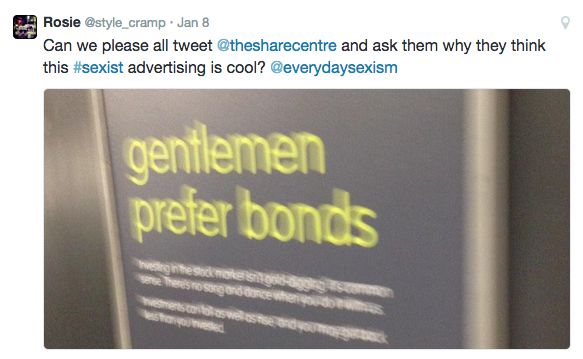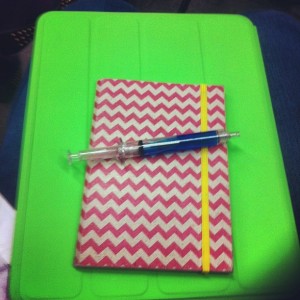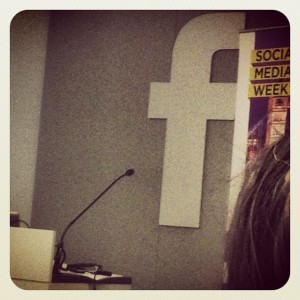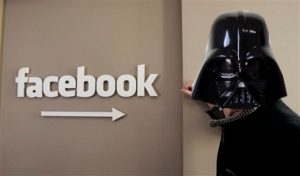Last week, I noticed some sexist advertising on the London Underground. ‘Gentleman prefer bonds’, according to the online ‘retail stockbroker’ the Share Centre.
While I have no interest in stockbroking, or any idea what ‘sharedealing’ is, there are millions of women who do. Many invest, some even work in finance. There are women travelling on the tube every day who might actually want to use this site.
So what a way to alienate a proportion of your market – by implying that only ‘gentleman’ are interested in bonds.
Referencing ‘Gentleman Prefer Blondes’ is crappy in more than one way. It’s pretty racist for one thing. It also implies that gentlemen prefer their women stupid (‘blonde’). It’s one of the stalest sexist stereotypes in circulation.
In the context of finance, blondes are ‘bonds’ – commodities to be shared and played with by men. The ad says “Investing in the stock market isn’t gold-digging, it’s common sense.”
So, I shamed them on Twitter.
(Sorry about the shaky pic, I was on an escalator.)
I asked people to contact them and ask why they thought the ad was OK:

The Share Centre’s response was, “it’s an iconic film title – can you come up with anything better?”
(It’s not very hard. It took me 5 minutes to come up with something that wasn’t sexist – a western theme of ‘Make few dollars more’ and ‘Once upon a time to invest’. You can have that one for a nominal fee, the Share Centre.)

Someone at the Share Centre offered to give me a call, to discuss what I thought was so wrong with the ad.
I spoke to Ian in marketing, a very nice man, who explained to me again that it was an iconic film title (which I explained I did get) and asked what I thought was wrong with the title?
I said that it alienated female customers as it suggested that investment banking and finance is a man’s world.
He told me, “Only about 20% of our customers are women. Our customer base is mostly men, that’s just the way finance is.”
That’s just the way it is.
He also explained the theme alluded to an iconic film title (yes, I did understand that, Ian), that they were running other ads in a similar vein, including “The man with the Golden Bond”.
“Ian, that’s another title referring only to men!”
Ian, investment banking is a sector dominated by men not because ‘that’s the way it is’, but because of numerous obstacles, including inflexible working hours for mothers (women who take time off to have children are “worth less” to finance than men, according to Nigel Farage) and not enough women to coach female graduates. Plus, the simple fact that people hire people like themselves. Men beget men.
I asked Ian if he realised that many potential female customers may already feel barred from a career in finance because of the barriers they face and that this advert could alienate them further.
Women already think they shouldn’t be interested in finance and this ad is perpetuating the ‘Old Boy’s Club’ mentality of the financial world, bold as brass on the London Underground. I explained that ‘the way it is’ has to change to be inclusive of women.
Ian said only about 20% of The Share Centre’s customers were women. That’s odd, because women make up 60% of the global workforce across the financial services industry.
But women hold only 14% of board seats and 2% of CEO positions. That’s why the Share Centre doesn’t care about that 60%.
As a consumer you command respect from the brands you seek out. The Share Centre has made it clear that a fifth of their customer base is unworthy of any respect at all.
Ian assured me that extensive market research had been carried out on these ads (about 1000 people, mostly online I think), and that the response had been unanimously positive.
“I’d like to know what the demographic of that group was”, I asked.
“Yes, it was largely men, though there was a female contingency.” (I’m not sure what a ‘female contingency’ makes up, but i’m guessing not a lot.)
Ian assured me that my opinions would be “taken on board”. “With all due respect, Ian, i’m only one person who happened to raise the issue on Twitter. What difference is my voice going to make?”
Oh it will, Ian said. He’d been discussing the comment with his team for most of the day.
I hope it will make a difference and the fact that they called me suggested that they either respected my opinion, or got a scare from me shouting my mouth off online. Twitter can have that affect on brands.
I’ve got about 1,200 followers – not loads, but enough to make an impact. I’m sure Ian understands how quickly fat can catch in an online fire, especially when it comes to the ‘discussion of the moment’, feminism.
Perhaps they’ll choose a 50-50 male/female split the next time they run market research. I hope so.
If a brand disrespects you, because of gender, race or sexuality, I urge you to make a noise about it on social media. I think it makes a difference, and as a consumer, it’s the best weapon in your arsenal.
Featured image from randomaniac.us.







